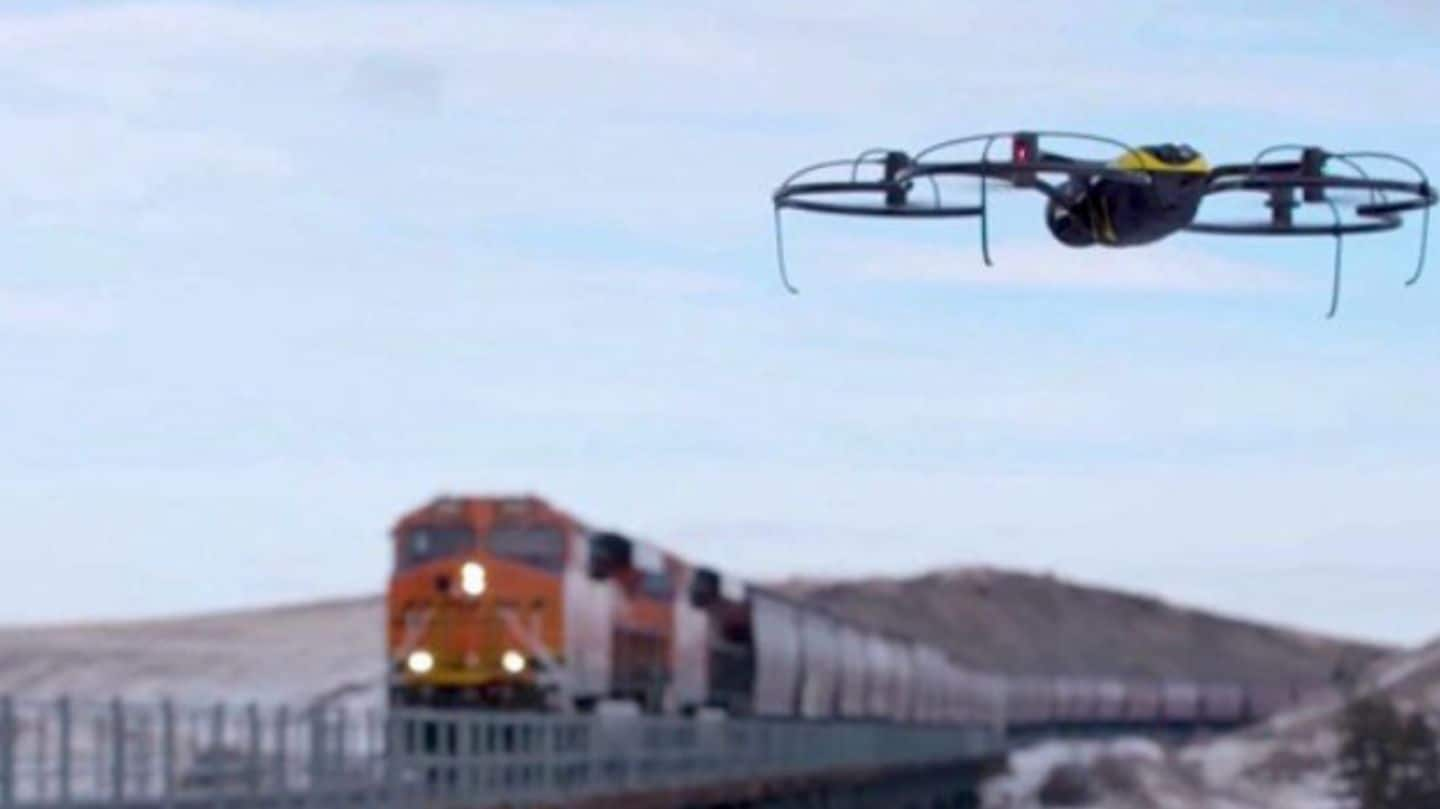
Drones by IIT Roorkee will make your train journey safer
What's the story
With an aim to enhance safety and efficiency in train operations, Indian Railways is considering to deploy drones to automate the monitoring of rail tracks. As part of an initiative of the Railways and the telecom industry, Indian Institute of Technology (Roorkee) has developed Unmanned Aerial Vehicles (UAVs), which are currently being tested to monitor rail tracks around the Uttarakhand zone. Here's more.
Technicality
Here's how drones will help in rail track monitoring
The UAV-based monitoring system will capture videos and still images of the railway tracks, which will be processed to analyze the gauge distance (the distance between two rail tracks) and check for any missing rail track component like fishplates, fasteners, sleepers, etc. The entire task, which is automated using computer-vision technology and image processing techniques, is said to be highly precise.
Information
IIT-Roorkee also plans to implement AI to make monitoring real-time
As the next stage of the project, IIT-Roorkee aims to leverage artificial intelligence and Big Data to analyze the information received from the drones and make "the track monitoring work more real-time to predict faults on tracks," according to Anurag Vibhuti, deputy director, TCOE.
Machines vs. Man
This technology may eventually replace the laborious manual rail tracking
The UAV-based automated system will initially work alongside the conventional system of rail track monitoring - a laborious task conducted by human-force. And given the technology is accessible, fast implementable and cost-effective, if it proves its accuracy, it may eventually replace or significantly reduce manual labor. Moreover, Indian Railways also deploy this technology for monitoring of projects and in relief and rescue operations.
Data
Why India needs such a technology? Numbers say it all
According to a recent government data, there were 54 derailments in 2017-18. In 2016-17, the number was 78. Notably, In 2016-17, 607 people were injured or killed in train accidents and 254 people were injured or killed in 2017-18.